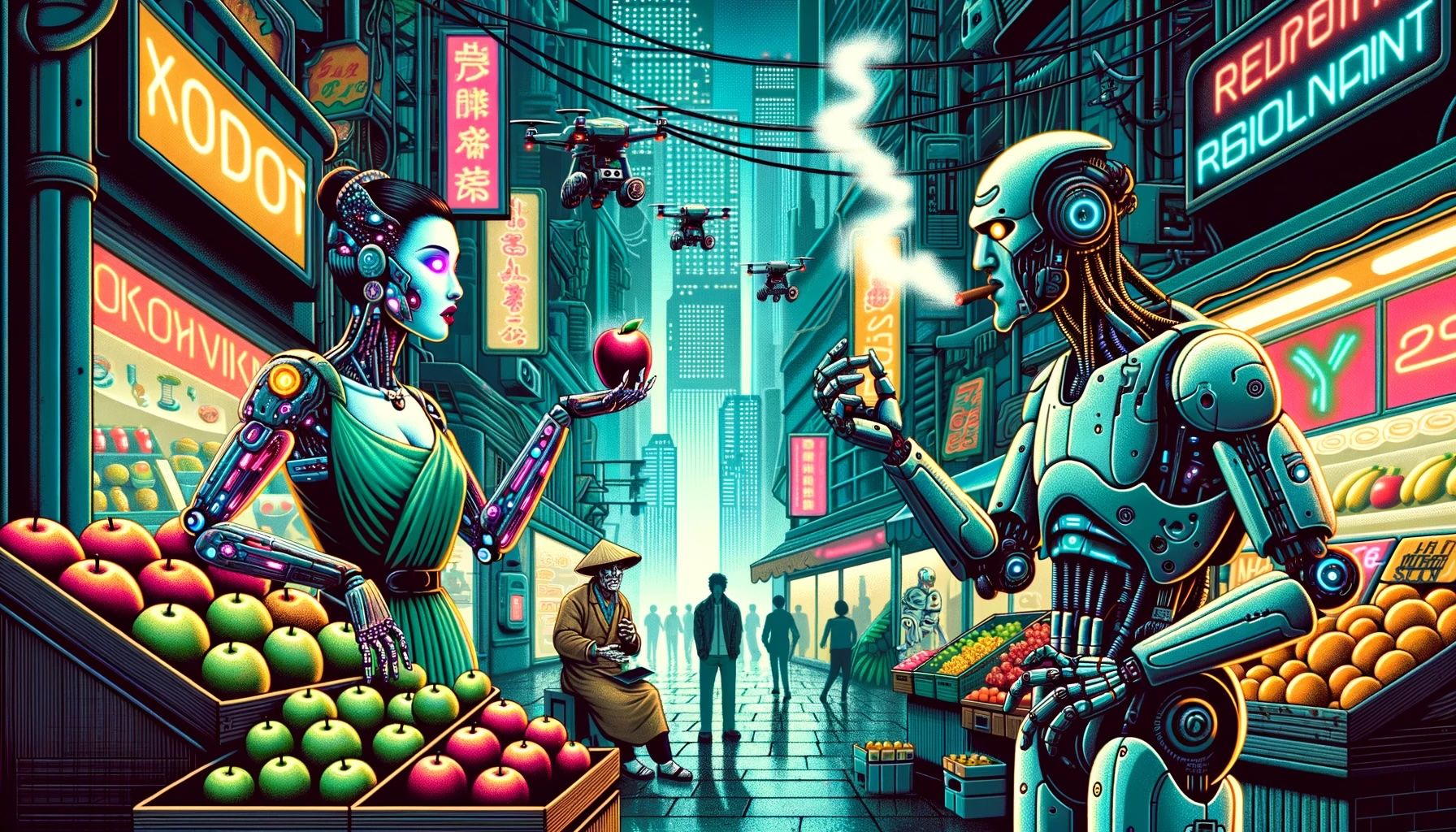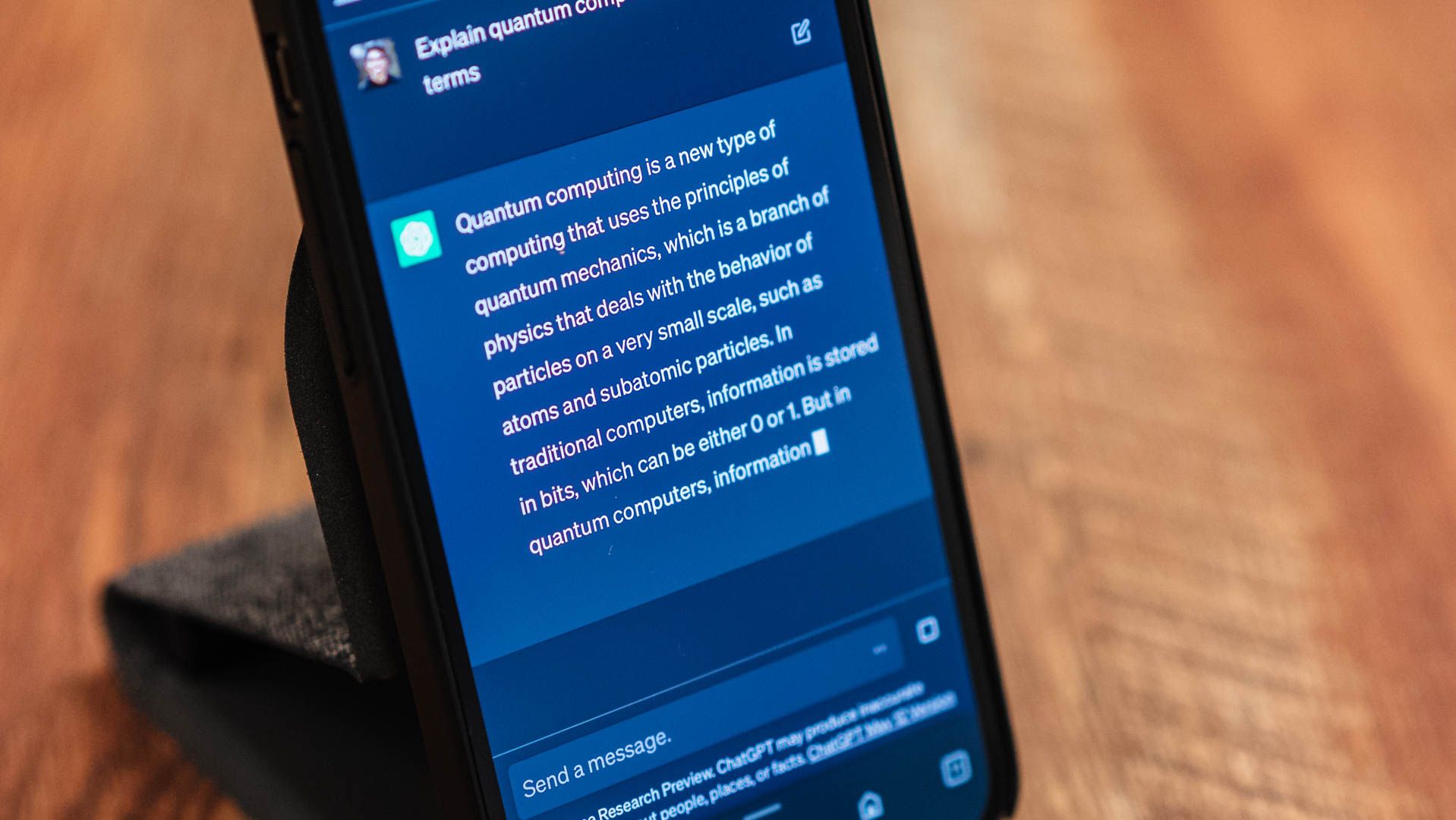
Unveiling Hidden Opportunities: Top 6 Unexplored Careers in Artificial Intelligence

Unveiling Hidden Opportunities: Top 6 Unexplored Careers in Artificial Intelligence
Key Takeaways
- The AI industry offers various non-technical roles such as AI whisperer, responsible for communicating with AI chatbots and optimizing responses.
- AI ethicists ensure ethical development and use of AI systems, identifying red flags and potential biases to prevent ethical issues.
- AI art has gained popularity, with AI artists creating and selling AI-generated artwork, but controversy exists regarding the creative process and definition of art.
When you think of the AI industry, endless rows of programmers and engineers may be what you imagine. But the AI industry is much more than coding. There are plenty of AI-related jobs out there for all kinds of careers, many of which you may not know existed.
AI Whisperer
You’ve probably heard of cat and dog whisperers, but have you heard of an AI whisperer?
An AI whisperer (also known as a prompt engineer) is skilled at communicating with AI chatbots and determining the quality of their responses. These individuals can be specialists with an understanding of an AI system’s neural framework, training data, token limits, and so on. But sometimes this knowledge goes hand in hand with experimenting with the AI to see how it responds, and sometimes experimentation is the only element needed. The general goal of an AI whisperer is to get the best response out of an LLM with the simplest prompt possible.
Such a person can be consulted before or after the launch of an AI chatbot to see how the system is processing words, its possible biases, behavioral tendencies, and how well it sticks to its creator’s rules or policies.
Alternatively, an AI whisperer can simply work on their own accord, without being hired by a specific company, simply to interpret the quality and reliability of a given chatbot. At the time of writing, the role of an AI whisperer is still evolving, given how LLMs only became widespread in late 2022.
AI Ethicist
There are some key ethical concerns surrounding the use of AI today. Exploiting AI for cybercrime, AI biases, the spread of misinformation, and the use of copyrighted content are just a few points of contention among AI enthusiasts, critics, and developers alike.
At the moment, AI systems are not sentient or self-aware, so there’s not much to say about the ethical implications of simply using an AI systems. However, the way in which these systems are used does require ethical considerations.
Enter AI ethicists.
An AI ethicist is hired to ensure that the development and use of a given AI system is conducted ethically. For instance, an ethicist could highlight potential issues with how an LLM is communicating with users. Maybe the LLM is providing information on criminal acts, or showing a harmful bias towards a political group, gender, or race. Such red flags can be identified by an AI ethicist and then put forward to the development team.
This way, AI companies can ensure that their systems aren’t giving way to any ethical issues.
AI Artist

DALL-E / Sydney Butler / How-To Geek
With so many AI image generation tools out there today, the use of AI art has become widespread. Platforms like DALL-E and Midjourney are among the most popular AI image tools, having the ability to generate images based on simple text-based prompts provided by users.
With such a tool, it becomes possible for people to instantly create AI-generated art, be it to frame at home , sell on a marketplace, or post online. Instagram accounts like midjourneyartwork and iva_ai_popsurreal have amassed hundreds of thousands of followers from posting AI-generated art, so there’s definitely something to this form of media. AI art can also be sold online like any other kind of art, so there’s a commercial aspect to this, too.
The idea of AI artists is quite controversial, as someone can generate AI art at the click of a mouse. In an article by The Guardian , illustrator and author Rob Biddulph stated that “simply pressing a button to generate an image is not a creative process,” and that AI art is the opposite of what he believes art to be. Whether this statement is true is down to an individual’s definition of art.
AI Fact-Checker

Jason Montoya / How-To Geek
If you use AI tools regularly, you’ve likely noticed that even the most modern AI frameworks are far from perfect. Services like ChatGPT and Bard can sometimes provide inaccurate information, whether due to low-quality training data or AI hallucination.
As an AI fact-checker, you can review responses from LLMs and determine their accuracy, giving developers a better understanding of the chatbot’s ability to provide truthful information. While a fact-checker won’t be hired to study the same nuances of an AI system that an AI whisperer would, their role is still very important.
You may also be hired as an AI fact-checker by a company that is simply using a separate AI tool to write content, access information, and so on. Ensuring that the data an LLM provides is accurate can make or break a company’s reputation, so an AI fact-checker would surely be of use in such a scenario.
Emotional Experience/UX Designer
Emotional experience design tends to fall under the UX (user experience) element of software development. UX focuses on how a given user receives a site or platform. The visual appearance, usability, and language can all be involved in this process.
Given that the vast majority of AI tools are accessible through a website or app, UX design is very important, as it plays a role in a user’s satisfaction levels.
UX design can range from purely aesthetic to highly technical, depending on what your specific role is. A basic understanding of common programming languages is definitely helpful, but much of a UX designer’s time is spent conducting research on user psychology and satisfaction, collaborating with interface designers, and solving common UX-based issues.
For instance, a UX or emotional experience designer may need to develop ideas or a prototype for a general conversation AI chatbot. The language used, appearance of the tool, and other visual elements are all considered by the designer, during which they chat with the software development team to flesh out the ideas.
Sales or Marketing Roles
As is the case in any industry, sales and marketing play a key role for many AI companies. Whether it’s selling products face-to-face, approaching clients online, building an online presence, or promoting tools and services on social media, AI sales and marketing reps can prove invaluable to the business they work for.
For instance, an AI proofreading service may hire marketers to grow its social media presence and attract new customers. This could involve producing reels and posts, analyzing user engagement, and scheduling uploads. If you’re hired in a sales capacity, reaching out to new clients, ironing out contracts, and negotiating deals may be involved.
The AI Industry Isn’t Just For Techies
Whether you’re an avid coder, marketer, or someone looking for a new, niche role, the AI industry may have a spot for you. The AI field is diverse and ever-changing, and you may be the perfect fit for something you’d never considered before.
Also read:
- [New] How to Enable Grid View on Google Meet to See Every Participant?
- 2024 Approved Stealthy Photo Editing with Picsart
- 7 Ways to Unlock a Locked Honor 80 Pro Straight Screen Edition Phone
- Choosing the Ideal List Manager: Microsoft To Do or Google Tasks? A Comprehensive Review by ZDNet
- Chrome Introduces Exclusive OS Administrator Certification Program - ZDNet
- Expert Analysis: T-Mobile REVVL 6 Pro Unveiled - A Powerhouse for Just $220 | ZDNet Insights
- How To Bypass Activation Lock On Apple Watch Or iPhone 7 Plus?
- In 2024, iPogo will be the new iSpoofer On Poco X5? | Dr.fone
- Mastering Google Docs Version Control: A Step-by-Step Guide [ZDNet]
- Perfect Picture Processing: Removing Background Artifacts
- Streamline Business Operations: Officejet Pro 7740 Drivers
- Top Rated Selfie Stick Breakdown: Unpacking the Features of Fugetek's FT-568
- Top-Rated Protective Sleeves for the Newest Google Pixel Fold - Recommended Models of 2024 Reviewed by Tech Experts
- Update Your HP Printer Software: Get the Newest Drivers for Windows 10 and 11 Users
- Title: Unveiling Hidden Opportunities: Top 6 Unexplored Careers in Artificial Intelligence
- Author: John
- Created at : 2024-12-24 21:14:02
- Updated at : 2024-12-26 03:17:32
- Link: https://techno-recovery.techidaily.com/unveiling-hidden-opportunities-top-6-unexplored-careers-in-artificial-intelligence/
- License: This work is licensed under CC BY-NC-SA 4.0.